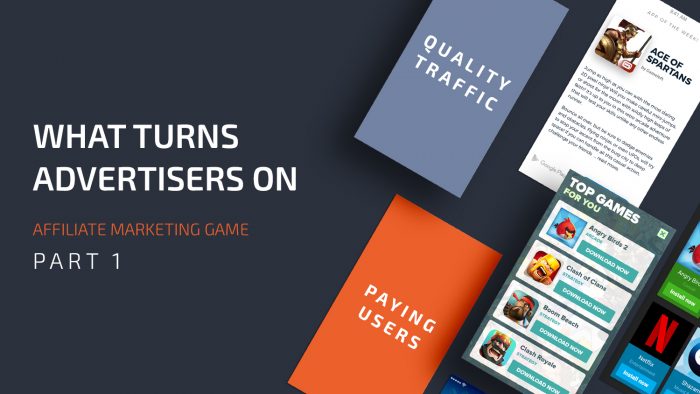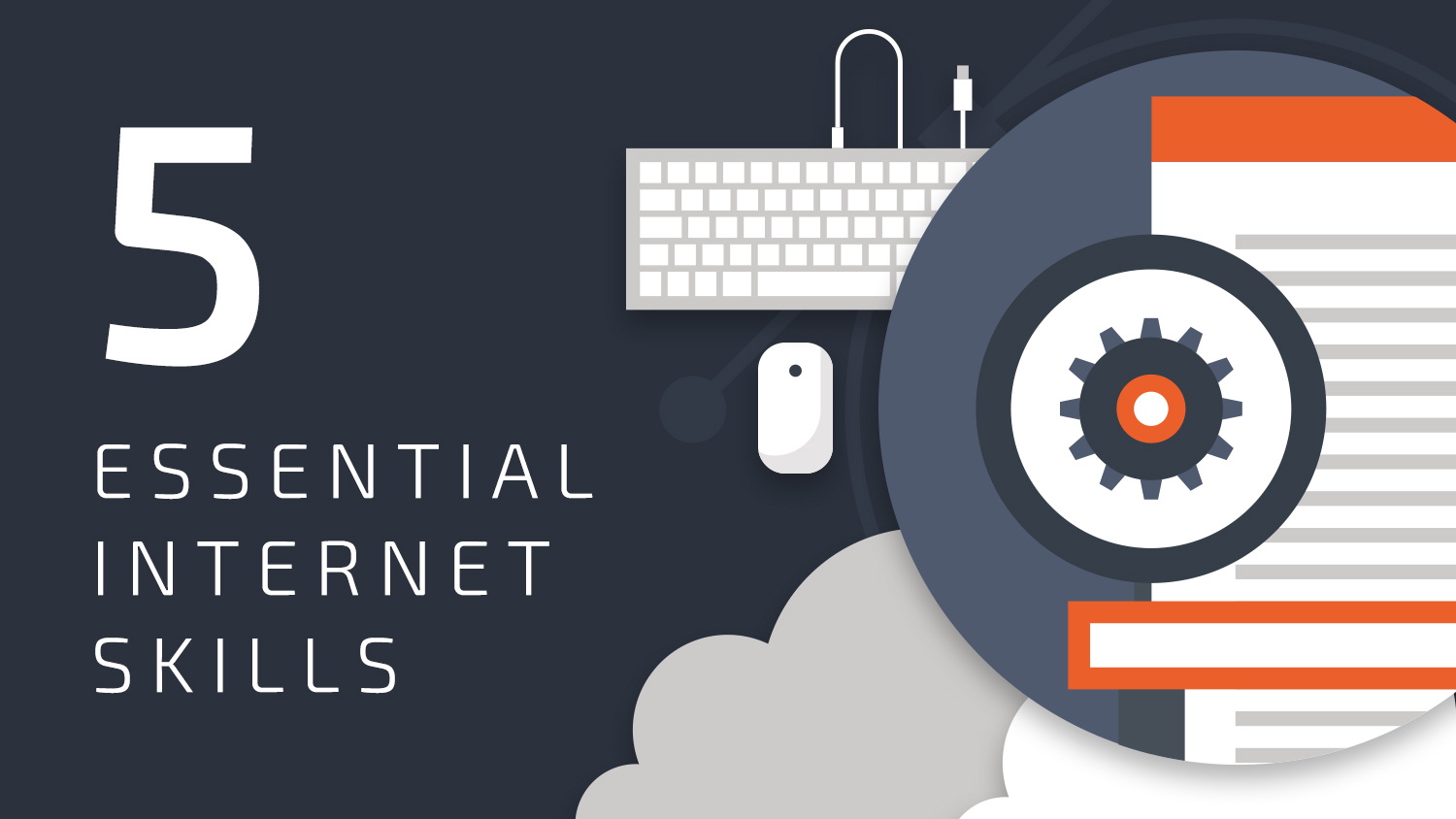Pre-Landers: Main Web Concepts Explained
Last updated on May 7, 2018 by Dmytro Butuzov 5 min readTable of Contents
ToggleIntroduction
Are you the kind of player who has pre-landers but doesn’t know what to do with them?
Then this is the article you’ve gotta read!
This is where you’ll find detailed info on the web page creation process for your pre-lander.
Before you continue reading, make sure you’ve already checked our last article.
It’s important that you read that one since it’s all about the purpose of pre-lander, the types of pre-landers, and also contains some suggestions on how to make a wicked pre-lander.
In this article, I won’t talk about creating a pre-lander page itself.
Even so, I’ll give the overall theory and some super-detailed instructions on how to make your pre-lander accessible for web users all over the world.
Don’t be afraid:
The purpose of this article is not to teach you programming but rather to provide you with detailed insights on such tricky concepts as Domain, Web Hosting, Dedicated Server, Cloud Server, CDN, DNS.
Moreover, you’ll be able to find the guide and tips for making your own web page hosted on Cloud Server.
What you Need to Make a Decent Pre-Landing Page
In order for you to make an amazing pre-lander, follow these 3 slick steps:
- Domain
- Hosting
- Content Delivery Network
I think it’s important for you to understand the theory that shapes those concepts, why we need them all, and how they all work together.
Domain Name
Domain or Domain Name locates a website on the Internet using a text-based label.
Any given domain name has certain IP addresses attached to it, used by Internet protocols.
The main objective of this domain name is to provide an easy-to-remember name instead of the numerical address.
DNS
A Domain Name System (DNS) is a service which translates a domain name into an IP address. All domains have IP addresses.
Therefore, when you open a domain, the DNS service translates this name to the respective IP address.
Without it, you would have to remember and type the exact IP address of each web page you wanted to visit.
Web Hosting
Web hosting is an internet service which is used to make a website accessible via the World Wide Web.
If you think of a website as a file, then web hosting is the act of sharing that file with all users.
This means web hosting is the place where you store all your website’s files, making them available to everyone.
There are several different web hosting solutions, used according to the purposes and the volumes of traffic expected for the website.
What are the different types of Web Hosting and which one is the best?
Shared Hosting
With this type of web hosting, you’ll share a server with other websites, therefore sharing the server’s memory, CPU time, and disk space.
Pros:
- Shared hosting is easy to set up and it’s quite cheap.
Cons:
- Limited bandwidth intended for low traffic
- Unstable performance dependent on the other websites hosted on the same server
- Threats of security issues for sharing a common server
VPS (Virtual Private Server)
A VPS provides the hardware resources on the physical server, split among several users.
The main differences from the shared server are that VPS has fewer users per physical server and that the user has more control over their part of the server – even though they aren’t entirely isolated from other users from the same server.
In general, a VPS is equivalent to the physical dedicated server – the difference is that, in this specific case, it’s virtual.
A VPS provides the fixed bandwidth and storage space.
Therefore, with stable volumes of traffic, this is the cheapest type of web hosting.
Pros:
- More powerful than shared hosting
- The user has more control over their part of the server comparing to the shared server
- The price of a VPS is much lower than that of the equivalent physical server
Cons:
- More expensive than Shared Hosting
- Requires certain settings to be configured
Dedicated Server
With this type of internet hosting, a client leases a physical server with a fixed bandwidth that’s located at the server provider’s company.
Pros:
- The server is 100% devoted to your needs, which gives you full control of its performance and usage
- The dedicated server provides a high level of security measures to ensure the safety of the data stored
Cons:
- This option normally requires a deep understanding of server management, otherwise all additional services from the hosting company will bring additional costs for a client
- A Dedicated Server is the most expensive type of hosting, so it’s certainly not the best choice if you’re at the beginning of your affiliate marketing quest
Cloud Hosting
Cloud hosting is using distributed resources across multiple physical servers, which protects you from possible issues with physical hardware.
It’s kind of a dynamic VPS, meaning that it can be changed without stopping the server.
Pros:
- More powerful than shared hosting
- Unlike the VPS – where you choose the server and pay a fixed price – with cloud hosting you pay only for what you need
- If your volumes increase, additional hardware resources such as CPU or RAM can be promptly added on request
Cons:
- Requires certain settings to be configured
- Potentially insecure, so it’s better to use most well-known Cloud Hosting services
What’s CDN and why do you need it?
A Content Delivery Network (CDN) is a network of proxy servers located all over the world that’s distributing content.
A CDN is crucial for the landing page since it guarantees your LP will have the best loading speed for any GEO.
It’s crucial to have a CDN, especially if you’re gonna send traffic from completely different parts of the world.
Now, I wanna answer a pretty common question you’re probably asking yourself.
Can I use free hosting and a free domain?
There are indeed options for great free hosting solutions.
However, I wouldn’t suggest you go for those “forever-free” hosting solutions you may find on Google by searching for “free hosting.”
You can use them but I say you shouldn’t – might as well not use any pre-lander at all if you’re gonna use those shady resources!
Most free hosting services usually don’t provide the bandwidth you’ll need to fight in the media buying trenches.
Moreover, if you wanna send a huge amount of traffic, they’ll just stop providing you hosting because you become one of those overbearing dullards who are always overloading their servers!
Finally, free hosting can insert ads on your page and you won’t even know about it.
A free domain usually comes with free hosting.
The main problem of a free domain is that it can be suddenly disabled or taken from you without any notification/explanation.
Conclusion
In the next article, I’ll show you how to host a pre-lander using Amazon’s Simple Storage Service (Cloud Hosting).
I’ll also tell you how to connect it with Amazon Cloudfront (CDN) and guide you on your path to prepare pre-lander files!
Loved to read this one, didn’t you?
That means you can’t miss the next article about affiliate landing pages!
Coming to the Mobidea Academy soon!
Cheers!

Dmytro Butuzov
Online Analyst
Dmytro was lucky enough to come to Lisbon for his studies. That's how he ended up having not one but two Master degrees: one is in Marketing and the other one in Finance. With such a phenomenal background, it was only a matter of time until the Mobidea Crew convinced him to join in and become a true pro! He now works as an Online Analyst on Mobidea, and he is simply an amazing professional who also loves writing super helpful affiliate marketing articles. When he isn't working, Dima loves exploring Lisbon's cultural life and having fun!
The affiliate marketing game is all about giving advertisers what they want! Learn how it's done and become an advertising expert!
Wondering why your mobile campaigns have a lead capping? Read this post to know all the pro secrets and improve your game!
Wanna learn internet skills that'll help you become a successful affiliate marketer? Read this Mobidea Academy post right now!




